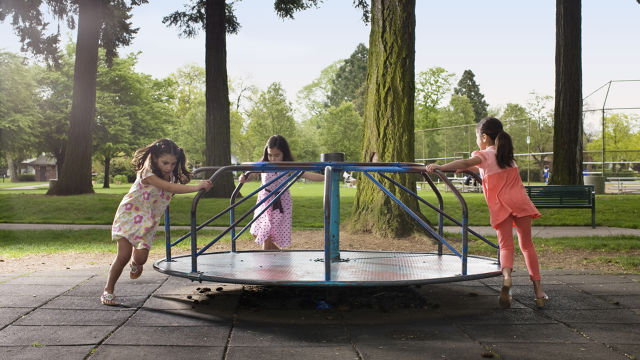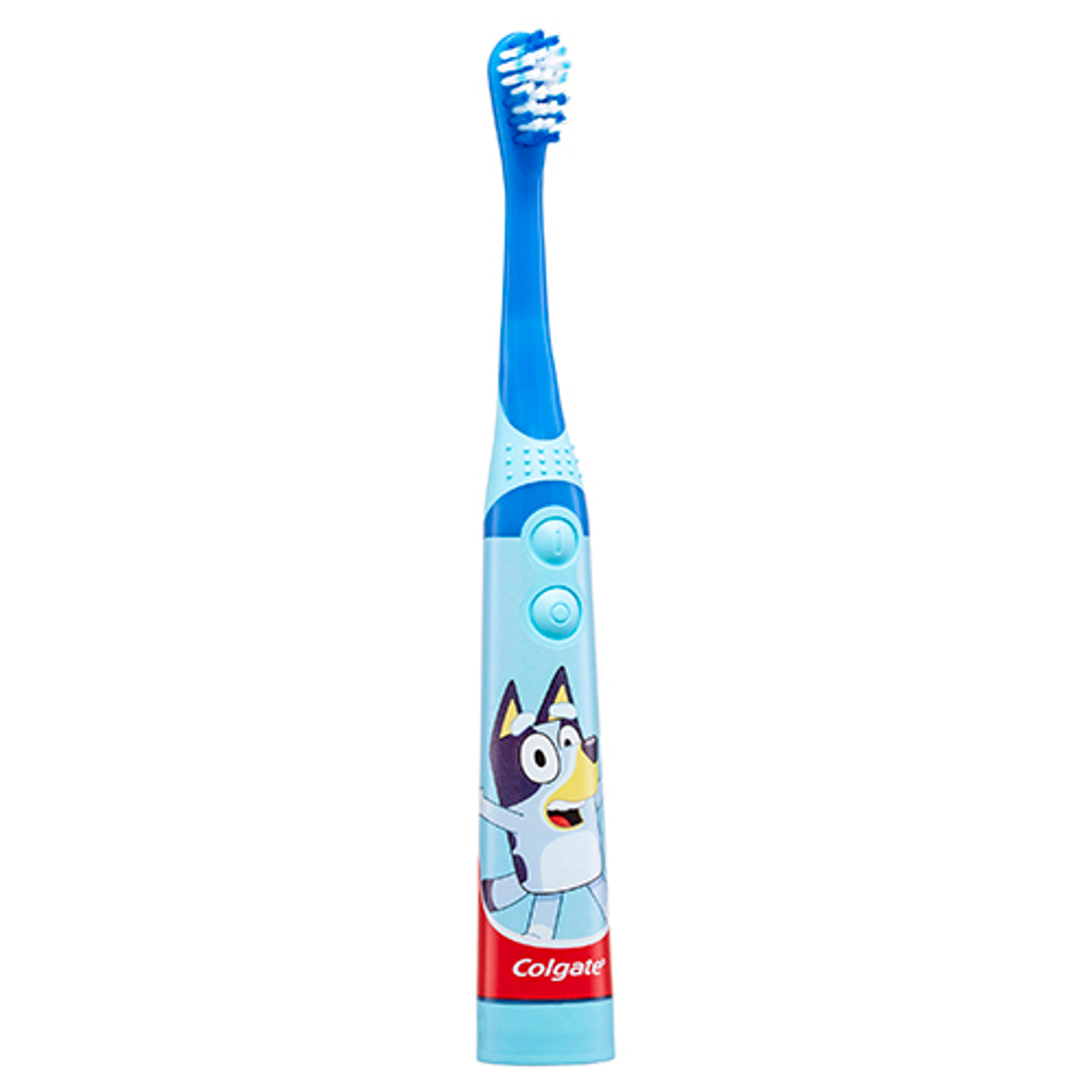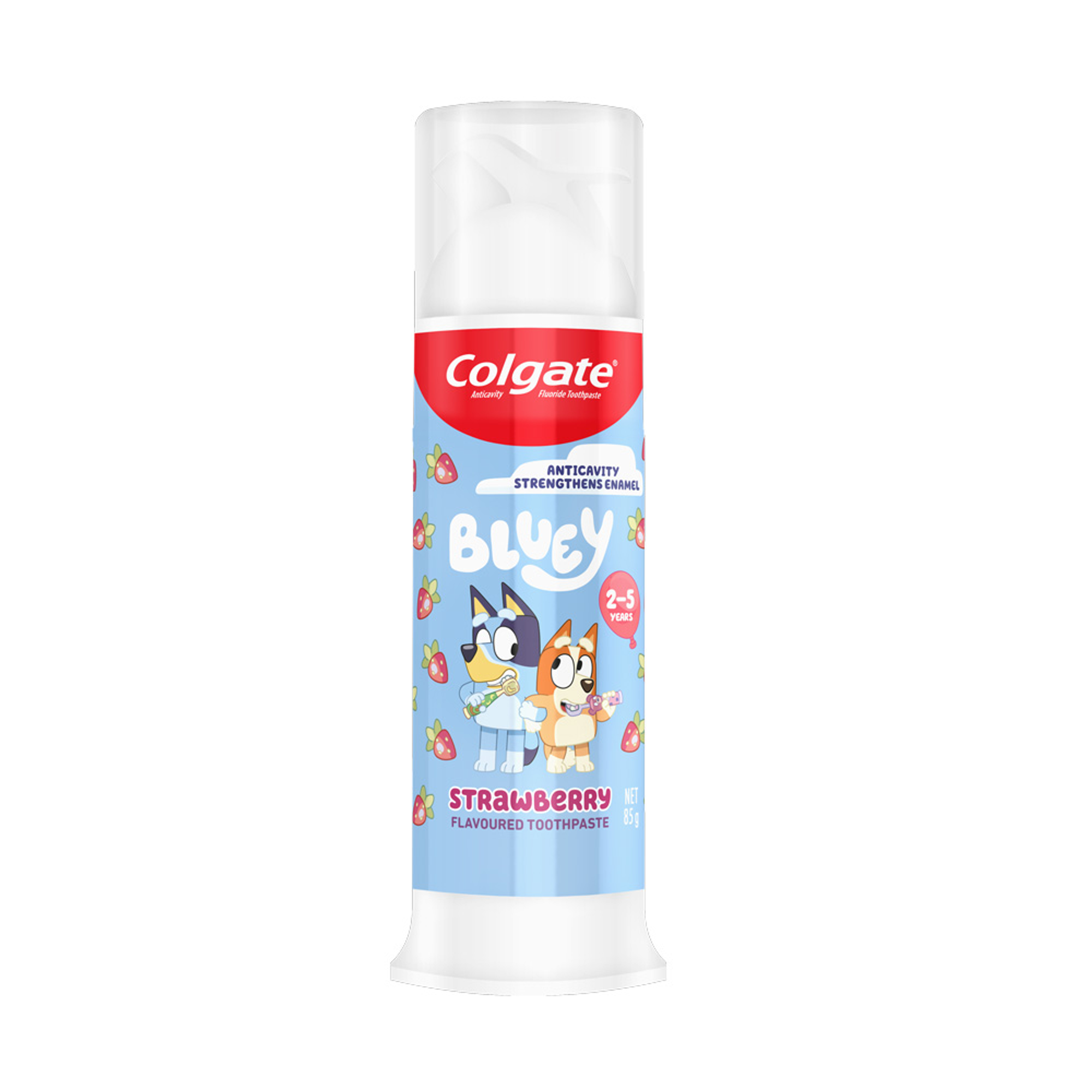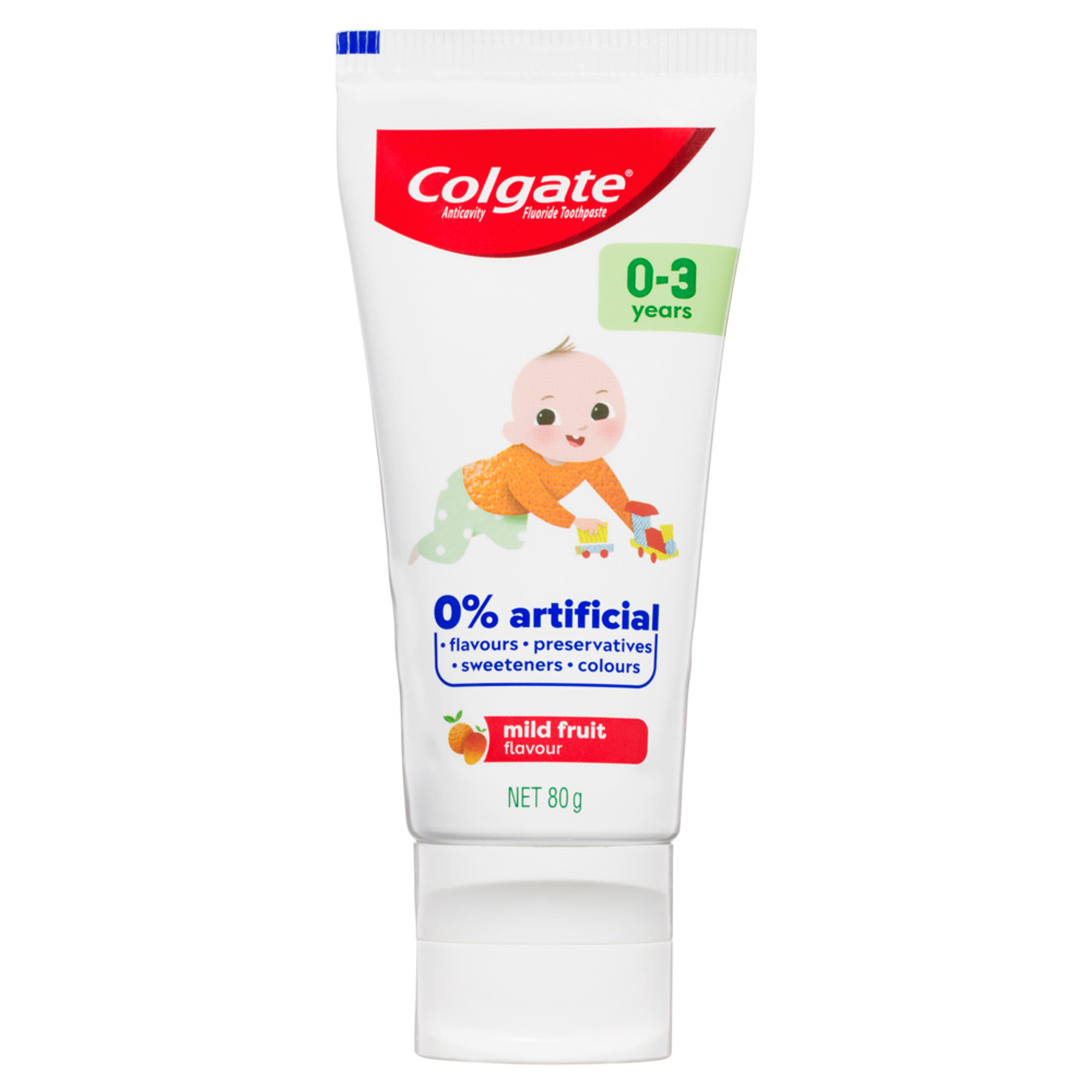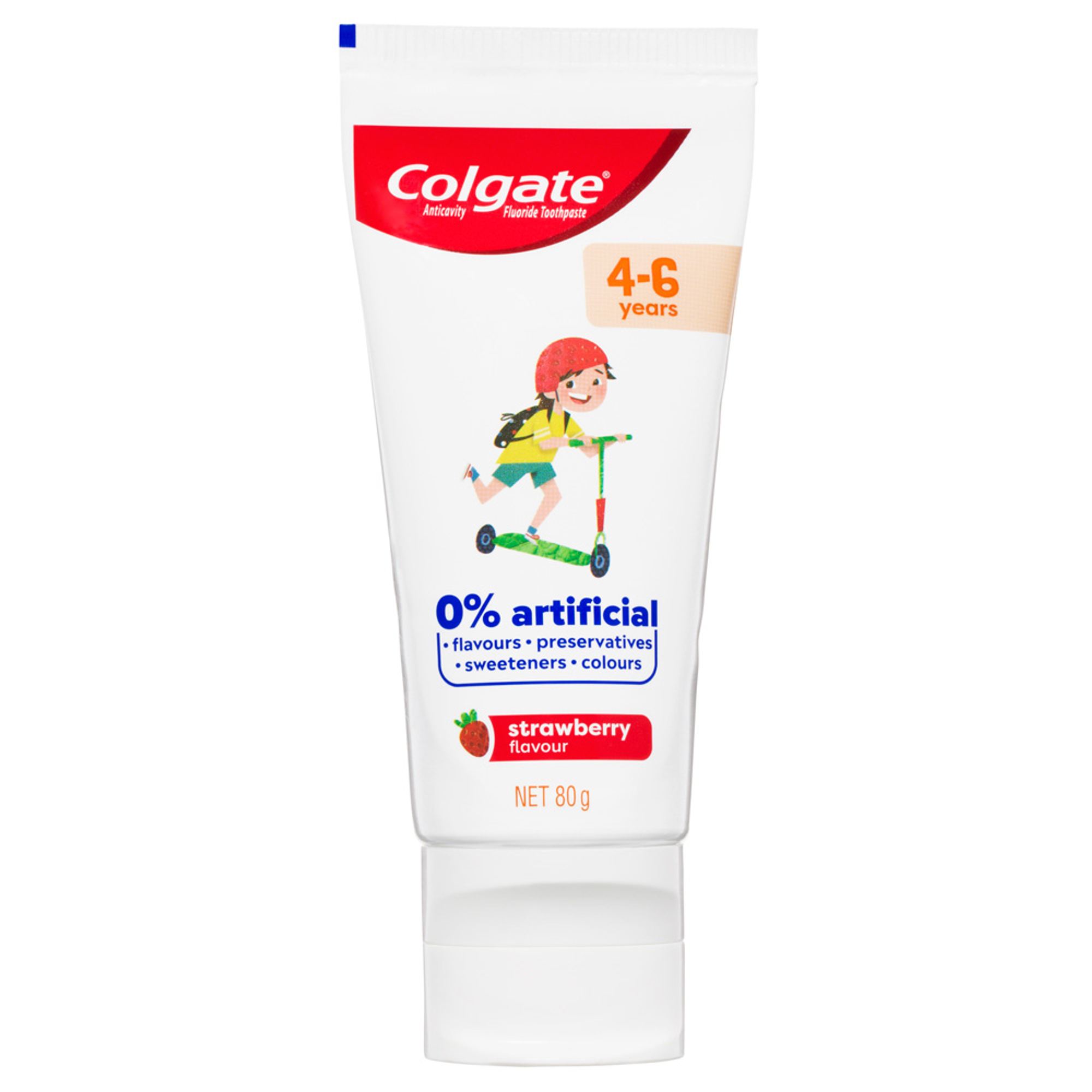-
-

BRUSHING & FLOSSING
How to BrushWhat Is the Right Way to Brush?
Proper brushing takes at least two minutes — that's right, 120 seconds!...

BRUSHING & FLOSSING
How To FlossWhat is the Right Way to Floss?
Proper flossing removes plaque and food particles in places where a toothbrush cannot easily reach... -
Science & Innovation
- Colgate® | Toothpaste, Toothbrushes & Oral Care Resources
- Oral Health
- What Causes White Spots on Baby Teeth?
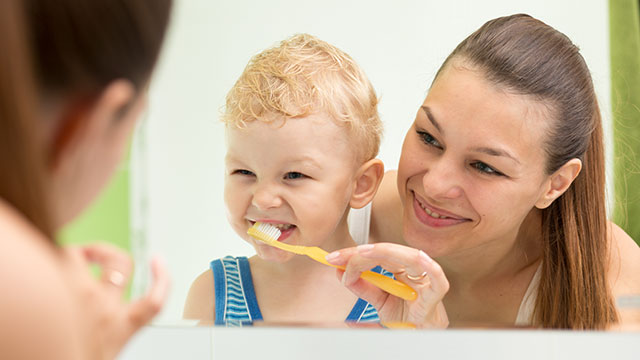

Decay and cavities
On the baby teeth, white spots are often one of the first signs of tooth decay in children. As a parent or caregiver, we understand that this can sound alarming. You're probably wondering how your child's baby teeth could have decay.
Tooth decay is caused by plaque, a sticky substance that builds up on the teeth. The bacteria within this plaque produce acid, which eats away at the protective enamel layer of the outer tooth. In the very early stages, this might show up as a white, chalky spot close to your child’s gum line or where the teeth touch each other. If the decay continues, this could turn brown or yellow.
The good news is that, at this point, the decay is still reversible! Your child's dental professional will clean any plaque from your child's teeth and will most likely provide a fluoride treatment. Fluoride, along with good brushing habits, will stop plaque from accumulating and help to re-strengthen the tooth enamel.
Fluorosis
White spots on the teeth can be a sign of fluorosis, a condition caused by the ingestion of too much fluoride while the teeth are developing. However, you can rest assured that fluorosis in the baby teeth is actually very rare. That's because the baby teeth are mostly formed before your little one is even born.
In the highly unlikely event that fluorosis of the baby teeth does occur, it usually affects the molars and is often mild and barely noticeable. It's a purely cosmetic issue and presents no risks to your child's health.
That said, excessive fluoride ingestion in children under eight years old can lead to fluorosis of the permanent teeth, which are still developing under the gums. Again, this is rare and is not dangerous, but it is still wise to ensure that your child is only ingesting an appropriate amount of fluoride. Ask your dental professional for recommendations on when to introduce fluoride toothpaste and how much to use according to your child's age. The Health Department of Victoria recommends supervising young children when brushing with toothpaste and discouraging them from swallowing.
Regular visits to your dental professional mean that white spots and any other issues can be picked up and treated early. While fluorosis is very rare, tooth decay is unfortunately not, and it can cause big problems if left unchecked. If you see white spots on your child's baby teeth, book a dental check-up as soon as you can.
Your dental professional can assess the issue and advise you on the best course of action to safeguard your child’s smile. They can also teach you and your child best practices for brushing, ways to avoid added sugars in their diet, and other positive oral health habits. All children deserve a healthy smile that they're proud of. By attending to these white spots now, your child will benefit from learning excellent oral care habits they can put into practice for years to come!
This article is intended to promote understanding of and knowledge about general oral health topics. It is not intended to be a substitute for professional advice, diagnosis or treatment. Always seek the advice of your dentist or other qualified healthcare provider with any questions you may have regarding a medical condition or treatment.
Related Products

Helping dental professionals
More professionals across the world trust Colgate. Find resources, products, and information to give your patients a healthier future






